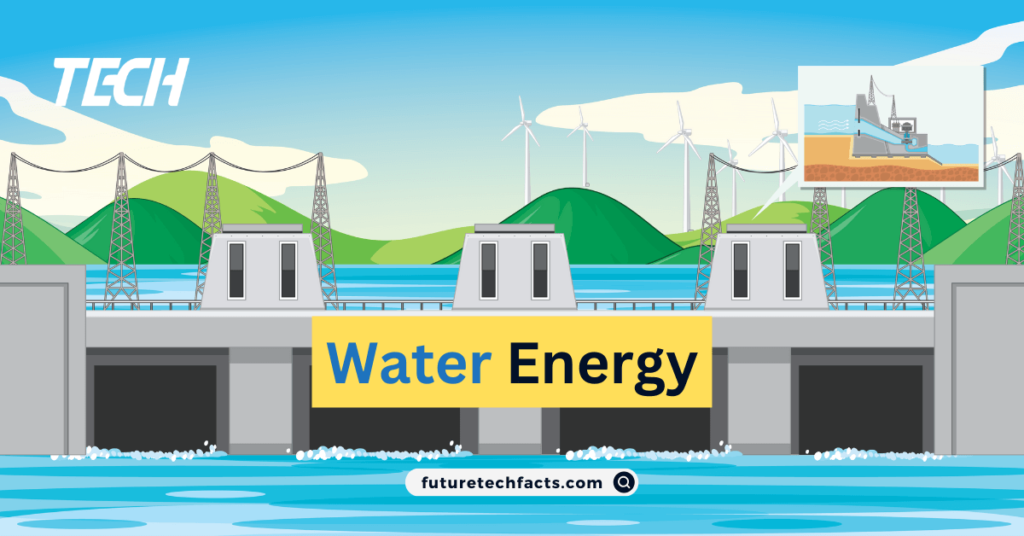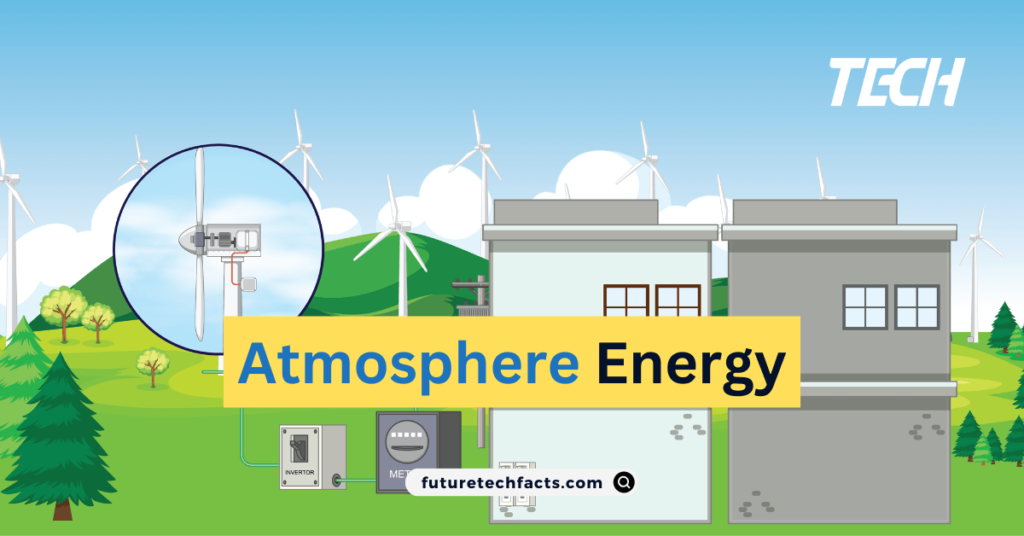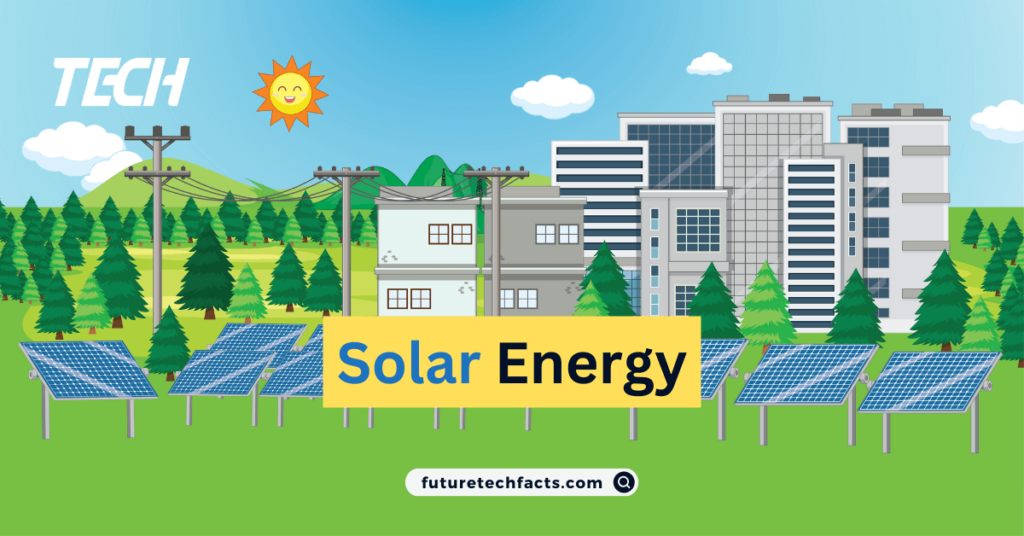With modern lifestyle and rapidly increasing population, the energy demand is increasing, due to which our ocean is facing an imbalance in atmospheric and landforms. In this challenging situation, “Energy Solutions” offers a multilateral approach that inspires us to approach these challenges in generous and generous ways.
In general, energy solutions are a process that supports the exploration, development, and use of energy sources that are affordable, sustainable, and typically less damaging to the environment. Energy solutions from this environmental perspective are not only helpful in meeting our energy needs but also in conserving a healthy and green environment.
In this article, we will provide a detailed overview of the various technologies, innovations, and mitigation measures under “energy solutions” that can help us move toward a technologically and environmentally sustainable future. Plus, we’ll look at how these energy solutions can bring lasting change to society and move us towards a greener and cleaner consumer landscape.
Table of Contents
Energy Solutions:
Before studying energy solutions, we need to understand what energy is and what is its importance. The most common form of energy is electrical energy, which is used to power our homes, industries, and transportation. Various sources are used to generate it, such as water, wind, and solar energy.
Type of Energy
Currently, various methods of energy generation have emerged all over the world. Three important energy production methods are discussed here:
1. Water Energy:
Generating energy from water is a sustainable and pollution-free option. Dams, springs, and cavities can be used to generate energy from water. From this, we can generate electrical energy, which can be used as electricity in villages and cities.

Hydropower is an energy source derived from water and used for various purposes, primarily to generate electricity. There are three main ways of obtaining energy from water:
- Hydropower: This technology uses dams or reservoirs built on rivers or lakes to raise the water level from the highest level to the lowest level. This kinetic energy of water is converted into electricity, usually through a turbine and generator.
- Tidal and Wave Energy: Tidal and wave energy is generated by harnessing the moving motions of water. Tidal energy uses the difference in water between the high and low sides of the ocean, while wave energy uses devices built on beaches that convert ocean energy into electricity.
- Osmotic Power: This energy source uses the internal forces from water and between the next two energy sources. In this, the internal energy between seawater and freshwater is generated which generates electricity.
Hydropower is a clean, stable, and innovative energy source that causes less harm to the environment and promotes energy independence.
2. Atmosphere Energy:
Generating energy from the wind is another excellent option. Windmills can be used to harvest atmospheric energy, which can be used to generate electricity. We find this option on beaches and high mountains which are in windy areas.

“Atmospheric energy” is a loose term referring to the energy present in the atmosphere. This energy is completely captured in the atmosphere and can be used to generate electricity, drive engines in transportation, and other uses.
There are many types of atmospheric energy, some of which are as follows:
- Atmospheric Wind Energy: In this, energy is obtained from the fast movement of wind present high in the atmosphere, which is captured by the engine, and electricity is generated.
- Atmospheric Energy Harvesting: This involves techniques for harvesting energy that utilize various conditions of the atmosphere, such as altitude, temperature, and speed.
- Atmospheric Energy Storage: In this, atmospheric energy is stored so that it can be transformed at higher altitudes or in other conditions.
Atmospheric energy is being used in modern technology and science to promote new and clean energy sources.
Recommended to Read: Future Technology: 12 Important Technologies For The Future
3. Solar Energy:
Solar energy is a type of latest and clean energy which is obtained from the Sun. This can be done by harnessing the sun’s rays to generate electricity, capture heat, and other uses. Solar energy is seen as a sustainable and stable energy source that causes less harm to the environment and promotes energy independence.

Types of Solar Energy:
3.1 Solar Electricity (Solar Photovoltaic):
Solar Power, which is the process of generating electricity by using energy obtained from solar energy sources, is a renewable and clean energy source. This process takes place using the sun’s rays and is called solar panels which convert sunlight directly into electricity. Here are some key descriptive points of solar power:
- Solar Panels: Solar panels are made using silicon and other materials, which capture the sun’s rays and convert its energy into electricity.
- Solar Energy Inverter: The function of solar energy inverter is to optimize and convert the electricity generated from solar panels into electricity.
- Battery System: Battery systems can be used in solar power systems to provide energy to consumers continuously, ensuring the availability of electricity to the consumers when the sun is not present.
- Net Metering: Net metering can be used in this process, whereby the consumer can give electricity back to the electricity grid and receive electricity from the electricity grid as and when required.
- Environmental Benefits: Energy obtained from solar power sources causes less harm to the environment and creates fewer conditions than most sources for generating electricity.
3.2 Solar Thermal:
Solar thermal is the technology used to generate heat by using energy received from the Sun and using it to generate electricity. It is a type of solar energy harvesting which produces energy at high levels of temperature which can be converted into electricity through an engine or turbine. Below are some key descriptive points of solar heat:
- Solar Collector: Solar collectors are devices designed to generate heat by capturing the sun’s rays. They contain a fluid that is heated (such as oil or other temperature-rising fluid) and this energy is converted into electricity using an engine or turbine.
- Solar Thermal System: Solar thermal systems may include solar collectors, a special heat transfer fluid, and an engine or turbine to convert the heat into electricity.
- Steam Generating System: A steam generating system can also be used in solar thermal systems to store the energy after the rain and provide it to the consumers in the post-rain time.
- Thermal Storage: Thermal storage can be used in solar power systems to store energy so that it can be provided to consumers during times when the sun is not present.
- Parabolic Trough and Solar Tower: These devices convert the sun’s energy into electricity in different ways through large parabolic troughs and solar tower zones.
Solar heat is a major energy source that is emerging as a stable, safe, and clean energy source and can play an important role in energy solutions.
Benefits of Solar Energy:
- Clean Energy: Solar energy is a clean energy source, which lacks pollution and does not harm the environment.
- Fixed and outgoing energy source: Energy from the Sun is fixed and outgoing, making it a major energy source to optimize.
- Energy Independence: Solar energy provides us with energy independence and provides an abundance of energy sources.
- Reduction in Energy Costs: Solar panel and solar energy system technologies are becoming increasingly popular, resulting in lower costs and the ability to provide affordable energy to a used location.
Benefits of Energy Solutions:
There are many benefits of using energy solutions. Firstly, these solutions are sustainable and clean, reducing pollution levels and using our natural resources efficiently. Moreover, these solutions can also become a source of prosperity and employment.
Some main benefits:
- Pollution Free: Water, air, and solar energy solutions keep our environment clean by reducing pollution levels. This reduces our environment and we can remain healthy.
- Stability and Security: Energy solutions provide stability and security. We are not going to be short of these sources and we can manage them properly.
- Employment: The development of new energy solutions also creates new employment opportunities. This brings development in our society and people get job facilities.
Top 10 Solar Companies in the USA
The list of Top 10 Solar Companies in the USA:
- SunPower Corporation: Known for high-performance solar panels and solar solutions.
- First Solar: A global leading provider of comprehensive photovoltaic solar systems.
- Tesla (Solar City): Famous for its professionalism in solar panels and solar roof tiles, provides integrated energy solutions in collaboration with Tesla.
- Vivint Solar: Specializes in residential solar installations and energy management systems.
- Sunrun: Focuses on residential solar installations and provides solar as a service.
- Canadian Solar: A leading energy provider in a growing solar industry.
- Suniva: A manufacturer of high-performance monocrystalline solar cells and modules.
- Trina Solar: One of the largest solar panel manufacturers in the world, has a wide array of different solar products.
- JinkoSolar: Another major player as a solar module manufacturer.
- ReneSola: An international manufacturer and provider of green energy products and services.
Note that the solar industry is dynamic, and new companies may arise or the rankings of existing companies may change, so check the most recent information when researching solar companies for your needs.
Conclusion:
Using energy solutions is a positive step for our future. These provide us with clean and fresh energy which helps in improving our lifestyle. By developing these solutions more and more, we can move towards our self-reliant energy sources, thereby making our future secure.
Throughout this article, we have explained the important aspects of energy solutions and discussed their different types in detail. It is our responsibility to ensure that we manage energy properly so that we are all supported and can move forward together towards a greener future.
FAQ
Q1. What is Hydropower?
Hydropower is an energy source that is obtained from water sources and is used to generate electricity. Hydropower can be obtained through hydropower and various methods of generating energy.
Q2. What is Hydroelectric Power Used for?
The main use of hydroelectric energy is to generate electricity. These are hydropower projects and other water resources to generate energy in various sectors.
Q3. What is Atmosphere Energy?
Atmospheric energy is energy obtained from the atmosphere that is used to generate electricity through various excitation mechanisms. This mainly includes atmospheric power projects.
Q4. What are Solar Panels?
Solar panels are devices designed to convert solar energy into electricity using the sun’s rays. They contain solar cells that convert the sun’s energy into electricity.
Q5. What are the Best Solar Panels?
The best solar panel manufacturers include Bionan, Sunpanel, and Fersolar, etc. These companies’ panels are leaders in energy performance, sustainability, and technology.
Q6. What is the Cost of Solar Panels?
The price of solar panels depends on their capacity, brand, and market position, but typically, it starts at around $1,000 for 1 kilowatt of capacity.
